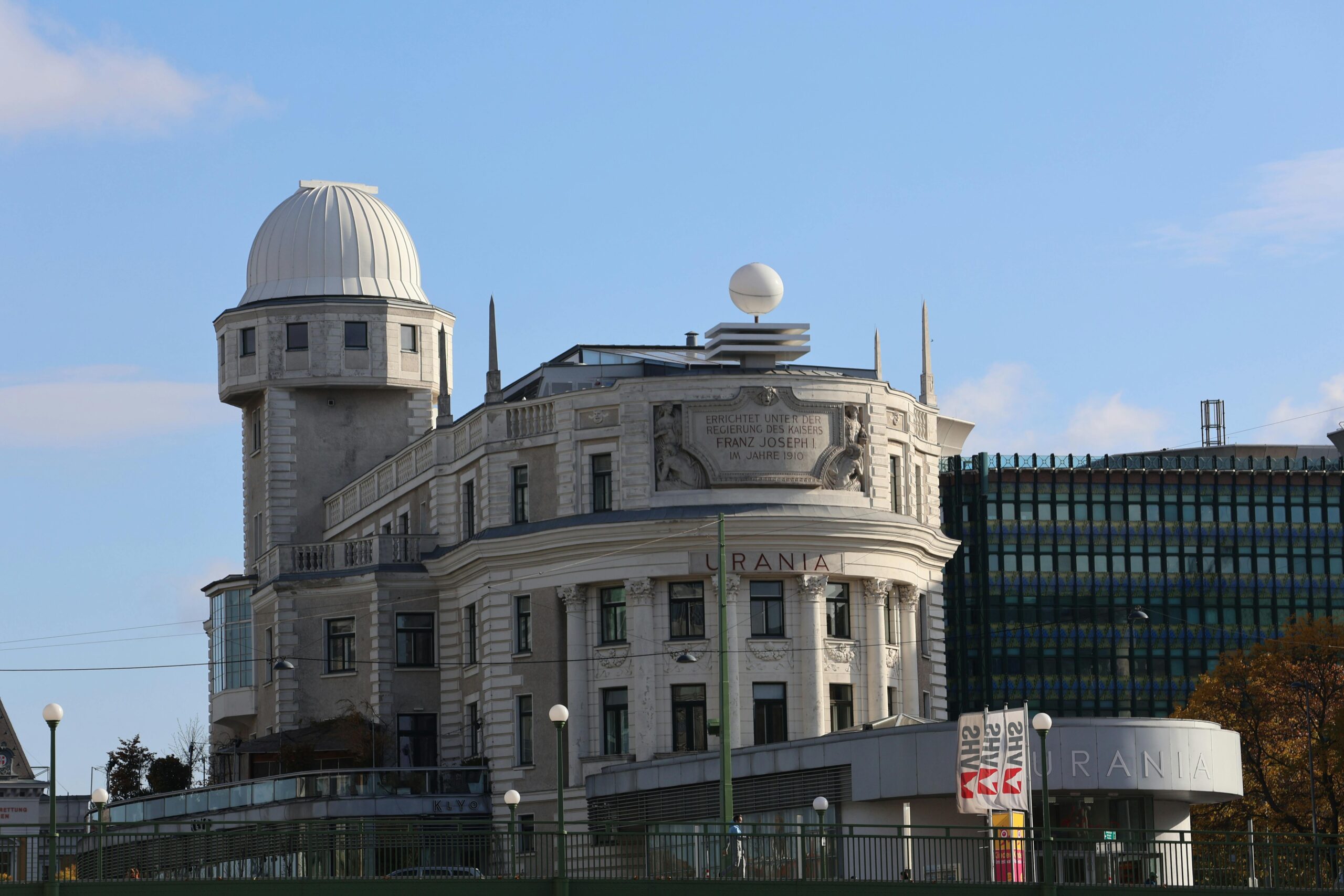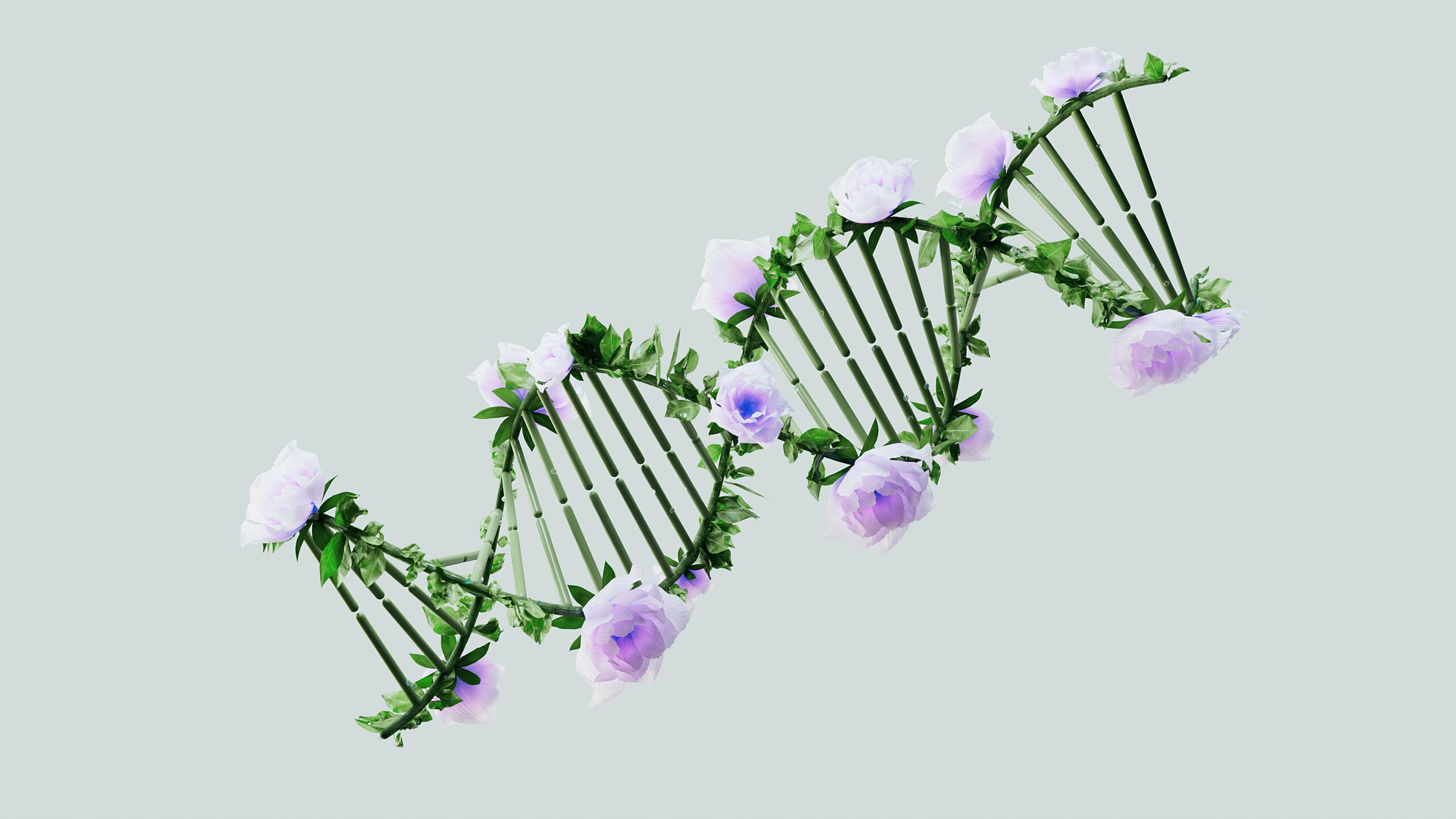Our bodies are living ecosystems where trillions of cells work in harmony, constantly communicating and supporting one another through a remarkable process known as cellular symbiosis.
🔬 Understanding the Foundation of Cellular Cooperation
The concept of cellular symbiosis represents one of nature’s most elegant solutions to survival and thriving. Within each of us, approximately 37 trillion cells engage in an intricate dance of cooperation, exchanging nutrients, information, and energy in ways that scientists are only beginning to fully comprehend. This biological partnership didn’t happen overnight—it evolved over billions of years, creating the sophisticated systems that keep us alive and healthy today.
At the most fundamental level, our cells contain mitochondria, those powerhouse organelles that were once independent bacteria. Through endosymbiosis millions of years ago, these organisms merged with primitive cells, creating a partnership that would become the foundation of complex life. This ancient agreement continues to power every breath we take, every thought we think, and every movement we make.
The beauty of cellular symbiosis lies in its efficiency. Rather than working in isolation, cells have developed sophisticated signaling networks that allow them to coordinate responses to challenges, share resources during scarcity, and collectively maintain the delicate balance we call homeostasis. When this system functions optimally, we experience vitality, mental clarity, and physical resilience.
💪 The Mechanics of Cellular Renewal and Regeneration
Cellular renewal isn’t just about replacing old cells with new ones—it’s a complex process involving quality control, resource allocation, and strategic timing. Every moment, millions of cells in your body reach the end of their functional lifespan and are replaced through cell division. However, the quality of these replacement cells depends heavily on the environment in which they’re created.
The process of autophagy, literally meaning “self-eating,” represents one of the most powerful cellular renewal mechanisms. During autophagy, cells break down damaged components, misfolded proteins, and dysfunctional organelles, recycling their building blocks to create new, healthy structures. This cellular housekeeping prevents the accumulation of toxic materials that can interfere with normal function and accelerate aging.
Stem cells play an equally crucial role in tissue renewal. These remarkable cells retain the ability to differentiate into specialized cell types, providing a reservoir of regenerative potential throughout our lives. Different tissues maintain varying populations of stem cells, which explains why some parts of our body heal more readily than others.
The Timeline of Cellular Turnover 🕒
Different cell types renew themselves at dramatically different rates, creating a fascinating mosaic of ages within a single body:
- Intestinal lining cells: replaced every 2-4 days
- White blood cells: renewed every few days to several weeks
- Red blood cells: complete turnover in approximately 120 days
- Skin cells: full regeneration every 2-3 weeks
- Liver cells: complete replacement every 300-500 days
- Bone cells: full skeleton renewal every 10 years
- Fat cells: turnover approximately every 8 years
- Cardiac muscle cells: very limited renewal throughout life
- Neurons: most remain for a lifetime with minimal replacement
🌟 Factors That Enhance Cellular Symbiosis
Supporting optimal cellular cooperation requires understanding the environmental factors that either promote or hinder these intricate processes. The choices we make daily directly impact how well our cells can work together and renew themselves effectively.
Nutritional Support for Cellular Health
The raw materials cells use for renewal come directly from our diet. Quality nutrition provides the amino acids, fatty acids, vitamins, and minerals necessary for building healthy new cells and maintaining existing ones. Antioxidants protect cellular membranes from oxidative damage, while polyphenols support mitochondrial function and enhance intercellular communication.
Specific nutrients demonstrate remarkable effects on cellular renewal. Omega-3 fatty acids support membrane fluidity and reduce inflammation, creating an environment where cells can communicate more effectively. B vitamins serve as cofactors in countless metabolic reactions, including those involved in DNA synthesis and repair. Minerals like zinc and selenium support enzyme systems that protect against cellular damage.
The Role of Metabolic Flexibility
Metabolic flexibility—the ability to efficiently switch between different fuel sources—represents a hallmark of healthy cellular function. When cells can easily transition between burning glucose and utilizing fatty acids or ketones, they maintain better energy stability and experience less oxidative stress. This flexibility also triggers beneficial cellular adaptations, including enhanced autophagy and improved mitochondrial biogenesis.
Intermittent fasting and time-restricted eating have emerged as powerful tools for promoting metabolic flexibility. By creating periods of nutrient scarcity, these approaches activate cellular stress response pathways that ultimately strengthen cells’ resilience and renewal capacity. During fasting periods, autophagy accelerates, clearing out cellular debris and optimizing function.
🏃♀️ Movement and Cellular Vitality
Physical activity serves as one of the most potent signals for cellular renewal and adaptation. When we exercise, we create controlled stress that triggers beneficial responses throughout the body. Muscle contractions release myokines—signaling molecules that communicate with distant organs, influencing everything from brain function to immune response.
Different types of exercise stimulate distinct cellular adaptations. Aerobic training enhances mitochondrial density and efficiency, improving cells’ energy-producing capacity. Resistance training triggers muscle protein synthesis and stem cell activation, promoting tissue repair and growth. High-intensity interval training combines benefits of both, creating a powerful stimulus for comprehensive cellular renewal.
The cellular benefits of exercise extend far beyond muscle tissue. Movement improves circulation, enhancing nutrient and oxygen delivery to all cells while facilitating waste removal. It stimulates the production of brain-derived neurotrophic factor (BDNF), supporting neuronal health and cognitive function. Regular physical activity also optimizes hormonal balance, creating an internal environment conducive to cellular cooperation and renewal.
😴 Sleep: The Master Regulator of Cellular Restoration
During sleep, our bodies shift into restoration mode, prioritizing cellular repair, waste clearance, and system recalibration. The glymphatic system—the brain’s unique waste removal mechanism—becomes particularly active during deep sleep, clearing metabolic byproducts and proteins that accumulate during waking hours.
Sleep deprivation disrupts virtually every aspect of cellular function. It impairs autophagy, reduces growth hormone secretion, elevates cortisol levels, and increases inflammatory signaling. Chronic insufficient sleep accelerates cellular aging and compromises the body’s ability to maintain healthy tissue renewal. The quality of our sleep directly determines how effectively our cells can perform their nightly maintenance routines.
Optimizing sleep requires attention to circadian rhythms—the internal biological clocks that regulate cellular activities across 24-hour cycles. Exposure to natural light during the day and minimizing artificial light at night helps synchronize these rhythms, ensuring cellular processes occur at optimal times. Consistent sleep-wake schedules further reinforce these patterns, supporting efficient cellular renewal.
🧘♂️ Stress Management and Cellular Communication
Chronic psychological stress creates a cascade of physiological changes that fundamentally alter cellular behavior. Elevated cortisol levels shift cellular metabolism toward catabolism, breaking down tissues faster than they can be renewed. Stress hormones also increase inflammation and oxidative stress, damaging cellular structures and interfering with normal communication pathways.
The cellular impact of stress extends to telomeres—protective caps on chromosome ends that shorten with each cell division. Chronic stress accelerates telomere attrition, effectively speeding up cellular aging. Conversely, stress-reduction practices have been shown to preserve telomere length and even support the activity of telomerase, the enzyme that maintains these structures.
Mind-body practices like meditation, deep breathing, and yoga activate the parasympathetic nervous system, creating physiological states that support cellular restoration. These practices reduce inflammatory signaling, lower oxidative stress, and enhance expression of genes associated with cellular repair and longevity. Regular practice literally changes how our cells function at the molecular level.
🌿 Environmental Factors Affecting Cellular Health
Our cellular ecosystems don’t exist in isolation—they constantly interact with the external environment. Toxins, pollutants, and electromagnetic fields can disrupt cellular communication and damage cellular structures. Minimizing exposure to environmental stressors while maximizing exposure to beneficial natural elements supports optimal cellular function.
Air quality significantly impacts cellular health, particularly in respiratory tissues but also systemically through absorption into the bloodstream. Indoor air quality often poses greater concerns than outdoor air, with volatile organic compounds from furniture, cleaning products, and building materials creating constant low-level exposure. Simple interventions like proper ventilation and indoor plants can meaningfully improve cellular environments.
Natural environments offer unique benefits for cellular health. Forest bathing—spending time immersed in forest environments—has been shown to reduce stress hormones, enhance immune function, and improve various markers of cellular health. The combination of fresh air, natural visual stimuli, and phytoncides (airborne compounds released by trees) creates a cellular-level restoration that artificial environments cannot replicate.
🔄 Hormesis: The Power of Beneficial Stress
The principle of hormesis—where mild stressors trigger adaptive responses that strengthen systems—represents a key mechanism for enhancing cellular renewal. Brief, controlled challenges activate cellular stress response pathways, upregulating protective mechanisms and repair systems. This biological wisdom explains why complete comfort and convenience don’t necessarily promote optimal health.
Temperature variation provides one accessible form of hormetic stress. Cold exposure activates brown fat, improves metabolic flexibility, and triggers the production of cold shock proteins that protect cellular structures. Heat exposure through sauna use induces heat shock proteins, enhances cardiovascular function, and promotes the clearance of damaged proteins. Both extremes, used appropriately, strengthen cellular resilience.
Exercise itself represents a hormetic stressor—controlled damage that triggers adaptations making tissues stronger and more functional. The key lies in balancing stress with recovery, providing sufficient challenge to stimulate adaptation without overwhelming cellular repair capacity. This principle applies across multiple domains, from nutrition to mental challenges to environmental exposures.
💊 Supporting Cellular Function Through Targeted Interventions
While foundational lifestyle factors remain paramount, certain supplements and interventions can provide additional support for cellular renewal and symbiosis. NAD+ precursors like nicotinamide riboside and NMN support mitochondrial function and activate sirtuins—proteins involved in cellular stress resistance and longevity pathways. Resveratrol and other polyphenols activate similar pathways while providing antioxidant protection.
Spermidine, a polyamine found in wheat germ and aged cheese, has demonstrated powerful autophagy-inducing effects in research studies. Supplementation with this compound may support the cellular housekeeping processes that decline with age. Similarly, urolithin A—a compound produced by gut bacteria from ellagic acid in pomegranates—specifically targets mitochondrial renewal through a process called mitophagy.
The emerging field of senolytics focuses on clearing senescent cells—aged cells that have stopped dividing but remain metabolically active, secreting inflammatory compounds that disrupt surrounding tissues. While this research remains in relatively early stages, compounds like fisetin and quercetin show promise for supporting the body’s natural clearance of these problematic cells, potentially rejuvenating tissue environments.
🎯 Practical Strategies for Daily Cellular Support
Implementing cellular renewal strategies doesn’t require dramatic lifestyle overhauls. Small, consistent actions compound over time, gradually shifting cellular environments toward optimal function. Start with one or two changes, allowing them to become habits before adding additional practices.
Morning sunlight exposure within the first hour of waking sets circadian rhythms, optimizing the timing of cellular processes throughout the day. A simple 10-15 minute walk outside provides this benefit while adding movement and nature exposure. Hydration immediately upon waking supports cellular fluid balance and facilitates waste removal accumulated during sleep.
Meal timing significantly impacts cellular renewal. Consolidating eating into a consistent 8-12 hour window each day provides extended fasting periods that activate autophagy and metabolic switching. Prioritizing whole foods over processed options supplies the raw materials cells need for quality renewal while minimizing inflammatory compounds that disrupt cellular communication.
Evening routines that support sleep quality create conditions for optimal overnight cellular restoration. Reducing blue light exposure, lowering ambient temperature, and establishing relaxing pre-sleep rituals all contribute to deeper, more restorative sleep. Consistency in sleep timing reinforces circadian rhythms, ensuring cellular maintenance occurs efficiently.
🚀 The Future of Cellular Rejuvenation
Scientific understanding of cellular renewal continues advancing rapidly, with emerging technologies offering unprecedented insights into cellular behavior and new intervention possibilities. Epigenetic clocks—measures of biological age based on DNA methylation patterns—allow precise assessment of how lifestyle factors affect cellular aging. This technology may soon enable personalized optimization strategies tailored to individual cellular needs.
Stem cell therapies, once limited to research settings, are becoming increasingly accessible for regenerative medicine applications. These approaches harness the body’s natural renewal mechanisms, amplifying them to address age-related decline and injury. As techniques improve and costs decrease, stem cell interventions may become routine components of health optimization strategies.
Gene therapy approaches targeting cellular renewal pathways represent another frontier. Researchers are exploring methods to enhance expression of longevity-associated genes, improve mitochondrial function, and optimize cellular stress responses. While many applications remain years away from clinical availability, the trajectory clearly points toward increasingly sophisticated tools for supporting cellular health.

🌈 Embracing Your Cellular Potential
The remarkable capacity for cellular renewal and regeneration represents one of biology’s most inspiring features. Rather than viewing aging as an inevitable decline, we can recognize it as a modifiable process influenced by countless daily choices. Each meal, movement session, stress response, and sleep cycle either supports or hinders our cells’ ability to function optimally and renew effectively.
The power of cellular symbiosis reminds us that health emerges from cooperation rather than competition. When we create internal environments that support cellular communication and renewal, benefits cascade throughout all body systems. Energy levels improve, cognitive function sharpens, physical resilience increases, and the trajectory of aging shifts favorably.
Beginning this journey requires no special equipment, expensive supplements, or radical interventions. The most powerful tools—consistent sleep, regular movement, stress management, and quality nutrition—remain accessible to nearly everyone. Start where you are, with what you have, making choices that honor your cellular ecosystem. Your trillions of cells will respond, gradually shifting toward greater vitality, resilience, and longevity.
The story of cellular renewal is ultimately your story. Every cell in your body carries the wisdom of billions of years of evolution, equipped with sophisticated mechanisms for repair, regeneration, and adaptation. By understanding and supporting these processes, you become an active participant in your own rejuvenation, harnessing the extraordinary power of cellular symbiosis to thrive at any age.
Toni Santos is a longevity writer and regenerative medicine researcher dedicated to exploring how biology, technology, and ethics can extend healthspan. With a focus on cellular repair and anti-aging biotechnology, Toni examines how next-generation therapies translate lab breakthroughs into real-world vitality. Fascinated by stem cell science, telomere dynamics, and systems biology, Toni’s journey bridges research reviews, expert interviews, and clear public communication. Each article he shares aims to separate evidence from hype—helping readers understand what’s promising, what’s premature, and what truly supports long-term health. Blending molecular biology, clinical insight, and accessible storytelling, Toni investigates interventions that target the root drivers of aging. His work honors responsible innovation—prioritizing safety, transparency, and human wellbeing in the pursuit of extended healthspan. His work is a tribute to: Anti-aging biotechnology grounded in rigorous evidence Cellular rejuvenation pathways that restore function and resilience Stem cell and telomere research advancing ethical longevity care Whether you’re a clinician, researcher, or health enthusiast, Toni Santos invites you to explore the frontiers of regeneration—one discovery, one mechanism, one healthier year at a time.




